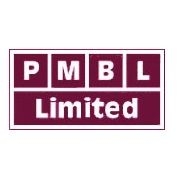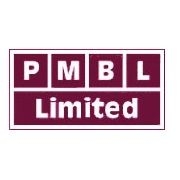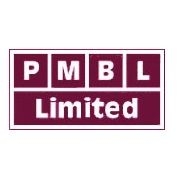Lead Acid Battery Suppliers
PMBL can supply SLA batteries from Yuasa, IBT, Varta and many more.Invented by the French physician Gaston Planté in 1859, lead acid was the first rechargeable battery for commercial use. Today, the flooded lead acid battery is used in automobiles, forklifts and large uninterruptible power supply (UPS) systems.
During the mid 1970s, researchers developed a maintenance-free lead acid battery, which could operate in any position. The liquid electrolyte was transformed into moistened separators and the enclosure was sealed. Safety valves were added to allow venting of gas during charge and discharge.
Driven by diverse applications, two designations of batteries emerged. They are the sealed lead acid (SLA), also known under the brand name of Gelcell, and the valve regulated lead acid (VRLA). Technically, both batteries are the same. No scientific definition exists as to when an SLA becomes a VRLA. (Engineers may argue that the word ‘sealed lead acid’ is a misnomer because no lead acid battery can be totally sealed. In essence, all are valve regulated.)
The SLA has a typical capacity range of 0.2Ah to 30Ah and powers portable and wheeled applications. Typical uses are personal UPS units for PC backup, small emergency lighting units, ventilators for health care patients and wheelchairs. Because of low cost, dependable service and minimal maintenance requirements, the SLA battery is the preferred choice for biomedical and health care instruments in hospitals and retirement homes.
The VRLA battery is generally used for stationary applications. Their capacities range from 30Ah to several thousand Ah and are found in larger UPS systems for power backup. Typical uses are mobile phone repeaters, cable distribution centers, Internet hubs and utilities, as well as power backup for banks, hospitals, airports and military installations.
Unlike the flooded lead acid battery, both the SLA and VRLA are designed with a low over-voltage potential to prohibit the battery from reaching its gas-generating potential during charge. Excess charging would cause gassing and water depletion. Consequently, the SLA and VRLA can never be charged to their full potential.
Among modern rechargeable batteries, the lead acid battery family has the lowest energy density. For the purpose of analysis, we use the term "sealed lead acid" to describe the lead acid batteries for portable use and ‘valve regulated lead acid’ for stationary applications. Because of our focus on portable batteries, we focus mainly on the SLA.
The SLA is not subject to memory. Leaving the battery on float charge for a prolonged time does not cause damage. The battery’s charge retention is best among rechargeable batteries. Whereas the NiCd self-discharges approximately 40 percent of its stored energy in three months, the SLA self-discharges the same amount in one year. The SLA is relatively inexpensive to purchase but the operational costs can be more expensive than the NiCd if full cycles are required on a repetitive basis.
The SLA does not lend itself to fast charging - typical charge times are 8 to 16 hours. The SLA must always be stored in a charged state. Leaving the battery in a discharged condition causes sulfation, a condition that makes the battery difficult, if not impossible, to recharge.
Unlike the NiCd, the SLA does not like deep cycling. A full discharge causes extra strain and each discharge/charge cycle robs the battery of a small amount of capacity. This loss is very small while the battery is in good operating condition, but becomes more acute once the performance drops below 80 percent of its nominal capacity. This wear-down characteristic also applies to other battery chemistries in varying degrees. To prevent the battery from being stressed through repetitive deep discharge, a larger SLA battery is recommended.
Depending on the depth of discharge and operating temperature, the SLA provides 200 to 300 disch
Visit the PMBL Ltd website for more information on Lead Acid Battery Suppliers





